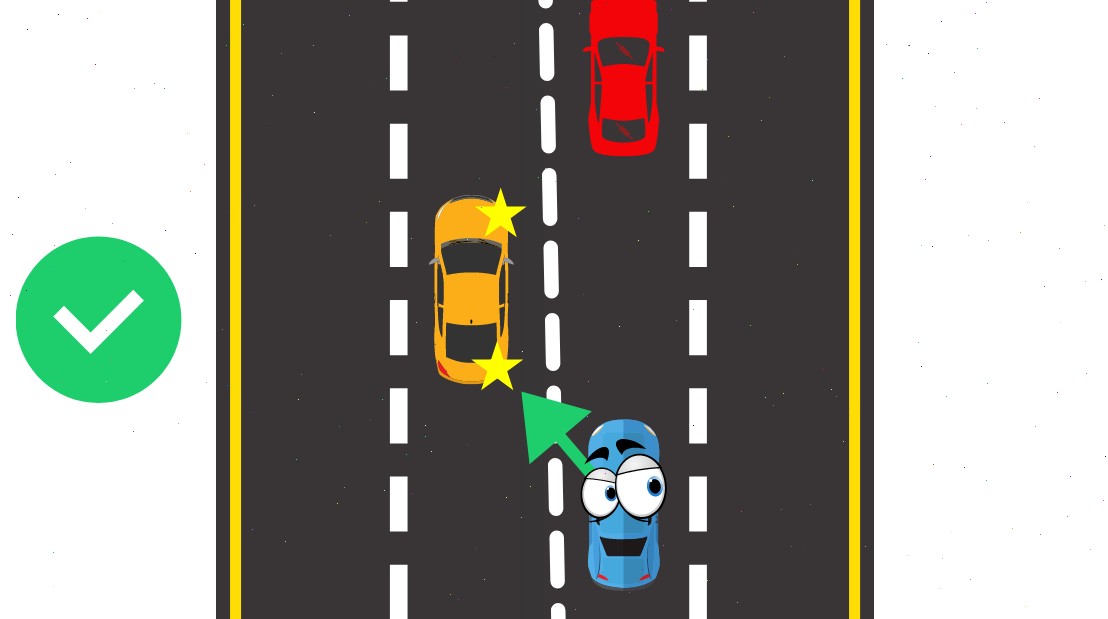Austria's alpine terrain and heavy snowfall make winter driving both challenging and, with proper preparation, rewarding. Whether you're planning a ski holiday or simply traveling through Austria during the colder months, understanding how to navigate snowy and icy conditions is essential for your safety. This comprehensive guide provides practical advice for winter driving in Austria.
Legal Requirements for Winter Driving in Austria
Before delving into driving techniques, it's important to understand Austria's winter equipment laws:
- Winter tires are mandatory when winter conditions (snow, ice, or slush) are present on the roads, regardless of the date. However, the mandatory winter tire period generally runs from November 1 to April 15.
- Winter tires must have a minimum tread depth of 4 mm and must be marked with "M+S" (Mud and Snow).
- All-season tires are acceptable if they carry the M+S marking and meet the minimum tread requirements.
- Snow chains can be used as an alternative to winter tires but only on roads that are fully covered with snow or ice.
- In specific mountain areas, signs may indicate that snow chains are required regardless of whether you have winter tires installed.
Failure to comply with these regulations can result in fines of up to €5,000 in case of accidents and can affect insurance coverage.
Preparing Your Vehicle for Winter Driving
Essential Winter Checks
Before traveling in Austria during winter, ensure your vehicle is properly prepared:
- Battery: Cold temperatures reduce battery power. Have your battery tested before winter, especially if it's more than three years old.
- Antifreeze: Ensure your cooling system has the proper antifreeze/water ratio to prevent freezing.
- Oil: Consider switching to a winter-grade oil if you'll be driving in extremely cold conditions.
- Wipers and Washer Fluid: Install winter wiper blades and use winter-grade washer fluid that won't freeze.
- Lights: Check all lights are working properly, as visibility is often reduced in winter conditions.
- Heating and Defrosting System: Ensure these are functioning correctly for comfort and visibility.
Winter Emergency Kit
Pack these essential items in your vehicle:
- Ice scraper and snow brush
- Shovel (foldable ones save space)
- Sand, salt, or cat litter for traction
- Jump cables
- Flashlight with extra batteries
- Warning triangle (required by law in Austria)
- Reflective vest (required by law in Austria)
- First-aid kit (required by law in Austria)
- Blankets or sleeping bag
- Extra warm clothing, gloves, and boots
- Non-perishable food and water
- Phone charger or power bank
Winter Driving Techniques for Austrian Roads
General Winter Driving Tips
Adapt your driving style to winter conditions with these key techniques:
- Reduce your speed: Drive significantly slower than you would in normal conditions.
- Increase following distance: Allow at least 3 times the normal following distance on snow or ice.
- Gentle inputs: Accelerate, brake, and steer smoothly and gradually.
- Anticipate: Look far ahead to anticipate necessary changes in speed or direction.
- Avoid cruise control: Never use cruise control on slippery surfaces.
- Use engine braking: Downshift to slow down before applying brakes, especially on descents.
- Maintain momentum on hills: Don't stop halfway up a hill if possible. Gain some momentum on the approach.
Handling Skids
Even with careful driving, skids can happen. Know how to respond:
- Front-wheel skid (understeer): If your front wheels lose grip and the car continues straight while turning, ease off the accelerator and avoid braking. Steer less (straighten the wheel slightly) until you feel traction return.
- Rear-wheel skid (oversteer): If your rear wheels lose grip and start to slide out, steer in the direction of the skid (the direction you want to go). Avoid sudden braking or acceleration.
- All-wheel skid: If all wheels lose traction, disengage the clutch (or shift to neutral in automatic transmissions) and steer in the direction you want to go. Do not brake or accelerate until traction is regained.
Navigating Alpine Roads
Austria's mountain passes require special attention:
- Check road status: Many mountain passes close during heavy snowfall. Check current conditions before departing.
- Descending steep grades: Use low gears rather than braking continuously to prevent brake fade.
- Tunnel transitions: Be especially careful when entering or exiting tunnels, as the road surface conditions can change dramatically.
- Avalanche zones: Pay attention to warning signs and never stop in marked avalanche danger zones.
- Hairpin turns: Approach at very low speed, brake before the turn, and maintain a steady speed through the turn.
Planning Your Winter Journey in Austria
Pre-Journey Planning
Thorough planning enhances safety:
- Check weather forecasts for your entire route before departing.
- Verify road conditions using the ASFINAG website or mobile app (Austria's motorway operator) or the ÖAMTC (Austrian Automobile Club) services.
- Plan extra time for your journey – winter travel takes longer.
- Identify shelter options along your route in case you need to stop due to worsening conditions.
- Check your digital road access registration through services like RoadPass is active and valid.
- Share your travel plan with someone who can check on you if you don't arrive as expected.
During Your Journey
Stay informed and prepared while on the road:
- Monitor radio traffic reports: Tune into Ö3 (95.5 MHz) for regular traffic updates in German and sometimes English.
- Take regular breaks: Winter driving requires more concentration and can be exhausting.
- Keep your fuel tank at least half full to prevent fuel line freeze and ensure you have enough fuel if stranded.
- Stay with your vehicle if you become stuck in snow, except in the most extreme circumstances.
What to Do If You Get Stuck
If your vehicle becomes stuck in snow:
- Don't spin your wheels. This will only dig you deeper.
- Clear snow from around the tires and under the vehicle.
- Place sand, cat litter, or floor mats in front of and behind the drive wheels for traction.
- Gently rock the vehicle back and forth by shifting between drive and reverse, applying light pressure on the gas pedal.
- If you cannot free your vehicle, stay inside except to set up warning reflectors. Run the engine for about 10 minutes each hour for heat, ensuring the exhaust pipe is clear of snow.
- Call for assistance: The European emergency number is 112. For roadside assistance, contact ÖAMTC at 120.
Winter-Specific Routes and Attractions
While winter driving requires caution, it also offers unique experiences:
- Winter Panoramic Roads: Some Austrian routes, like the Grossglockner High Alpine Road, are closed in winter, but others like the Villach Alpine Road offer spectacular winter views.
- Ski Resorts Access: Most Austrian ski areas have well-maintained access roads, but always check current conditions and be prepared for congestion during peak periods.
- Winter Festivals: Many Austrian towns hold winter markets and festivals worth visiting, particularly around Advent and Christmas.
Conclusion
Winter driving in Austria can be challenging but is manageable with proper preparation, the right equipment, and appropriate driving techniques. By following the guidance in this article, you'll be better equipped to safely enjoy Austria's winter landscapes and reach your destination without incident.
Remember, sometimes the safest decision is not to drive at all if conditions are particularly severe. When in doubt, consider public transportation, which operates efficiently in Austria even in winter conditions.
And of course, ensure your vehicle has proper digital road access registration through services like RoadPass before your Austrian winter adventure begins.
Safe travels in winter wonderland Austria!


